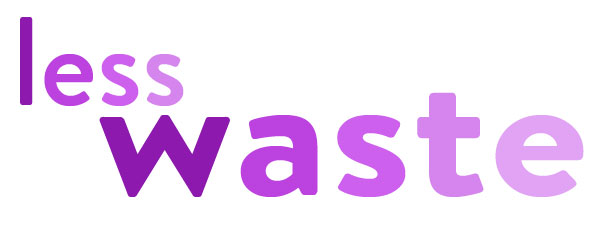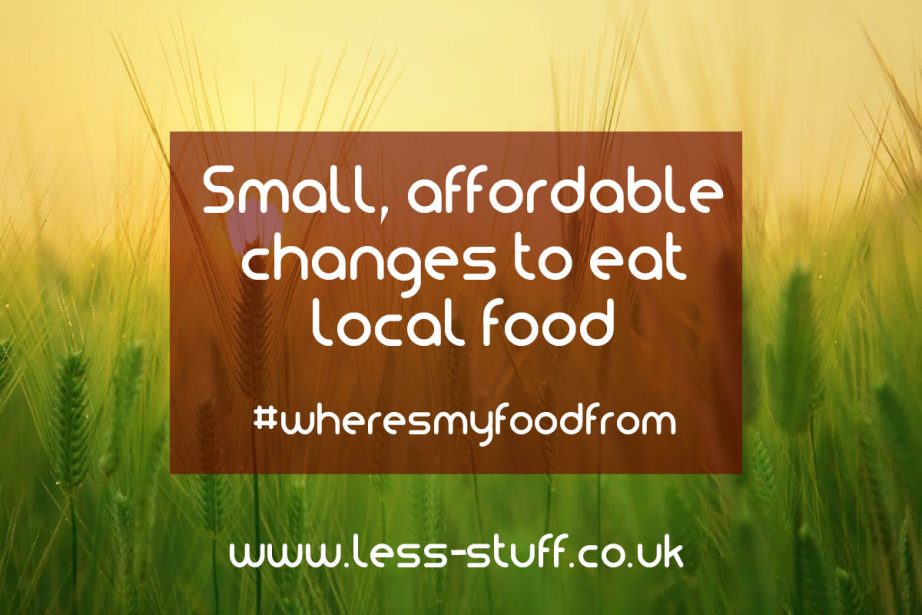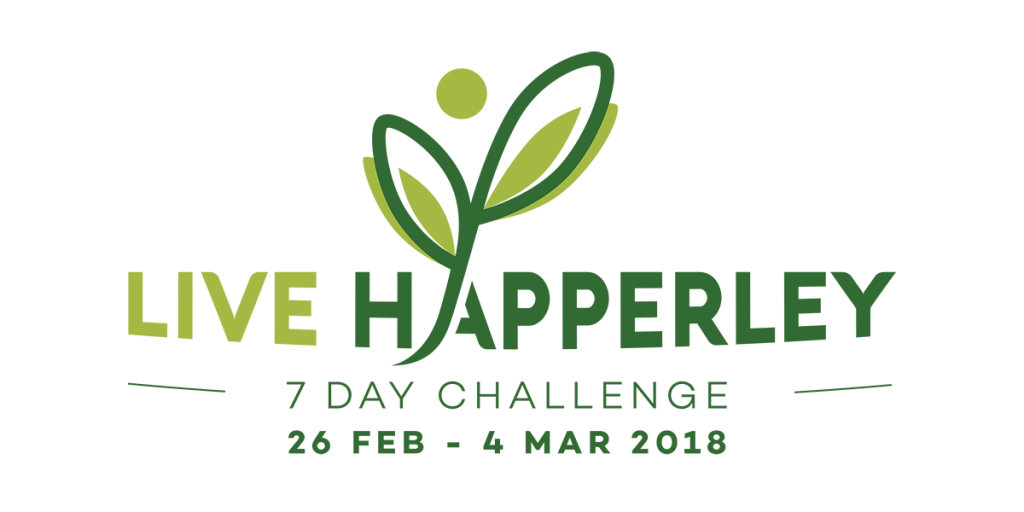
I’m taking part in the Live Happerley Challenge to know where all my food comes from for 7 days
Today is the last day and I’m summing up all the useful stuff I found out. I’m on a tight food budget so changes have to be affordable. The past week has been full of surprises and I’m really happy to find that I can make a couple of small changes without too much hassle.
Food costs this week:
- Organic veg box – £15
- Meat from the butcher £10
- Bread from the baker £3.10
- Cheese, eggs and bacon from the Farmers Market £4.80
- Approved Food order (flour, white vinegar etc.) £28.50
Total spend £61.40 for 2 of us (me and the Very Hungry Teenager).
This is not a weekly shop, next week will be cheaper because I will have lots of this weeks food left to eat. I tend to do one big shop every fortnight. I’d need to track my food spending over a couple of months to get an average.
I didn’t do any top up shopping but I have got store cupboards full of food so this is not counting in the rice and pasta I had previously bought in bulk. I had a couple of beers and a couple of coffees over the weekend. Coffee from local grinders and beer from small producers. I didn’t eat out at all.
This is what I found out in 7 days of knowing where my food is from.
- Labels can be deceptive. Check the actual origin of the food rather than relying on a logo that looks like a local farm.
- Getting a veg box means you can choose local, seasonal food and have the fun of playing Ready Steady Cook in your own home.
- Butchers meat is generally local and cheaper than the supermarket. And you can take your own containers and be zero waste.
- Artisan, sourdough bread is cheaper at my local bakers than the supermarket alternative. It tastes better and the bakers can #namethefarm that the bread came from.
- You can shop at the farmers market frugally if you are strategic.
- Foraging for food is easier than I thought.
It has been a really interesting week. I never thought I’d be conned by a fake farm but when I read the label and saw my blueberries came from Chile it was a real eye opener. I’ll certainly pay more attention next time I shop.
My easy, affordable changes and top tips to knowing where your food is from are:
- Read the labels, there is probably an option that hasn’t come from so far away.
- Embrace the surprises with a veg box from a local company.
- Use local shops for meat, fish and bread. They are often cheaper too.
- Try new things at the Farmers Market but limit your spending if you are on a budget.
- Have a forage. There is loads of delicious free food out there.
You can find the Live Happerley Challenge here and search on Twitter and Instagram with the hashtag #wheresmyfoodfrom
[ess_grid alias=”wheresmyfoodfrom”]


